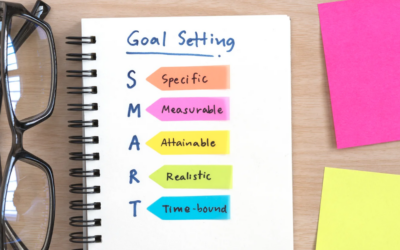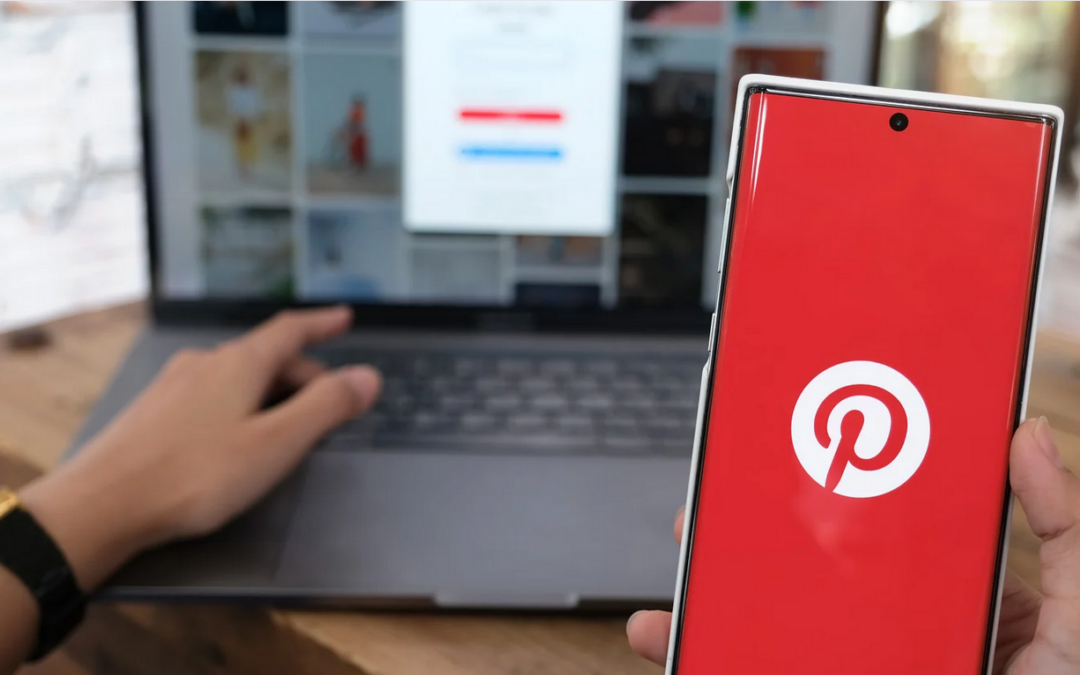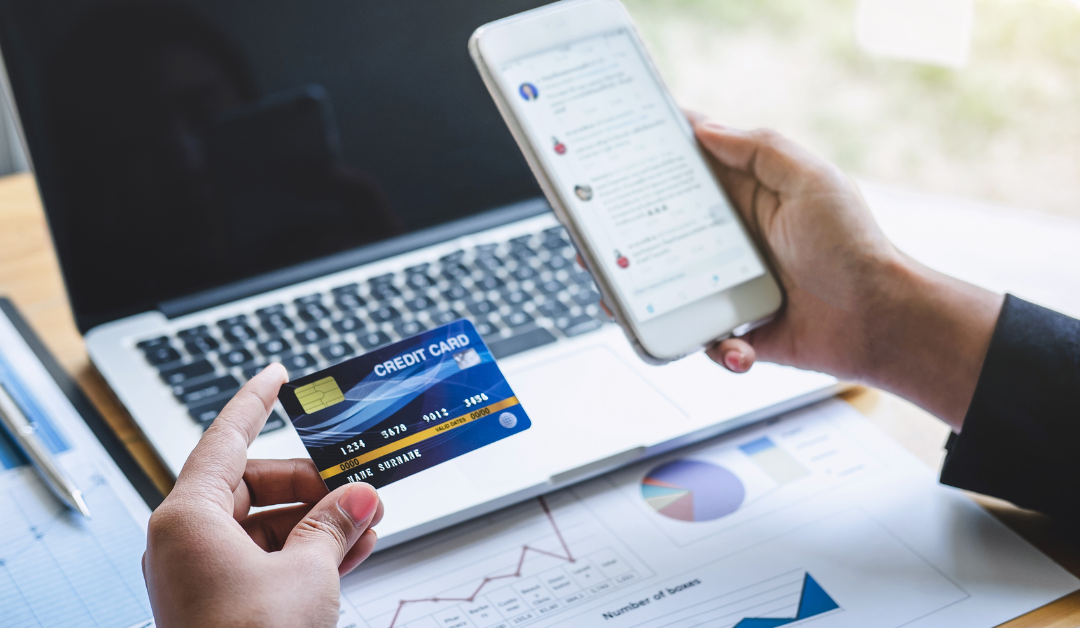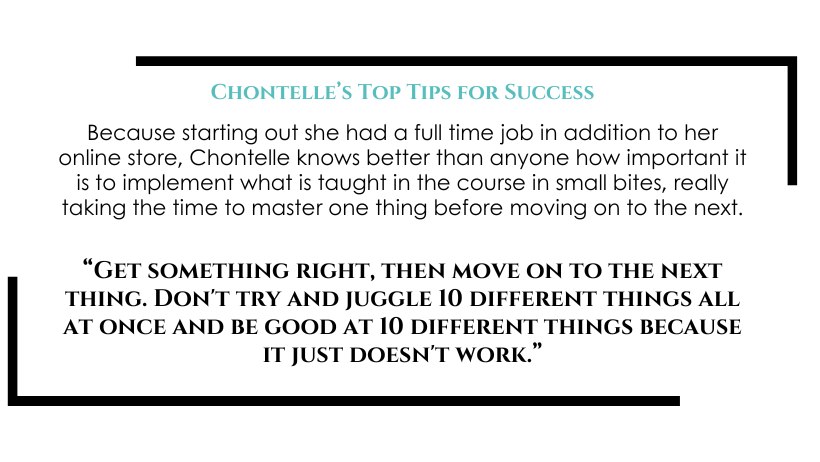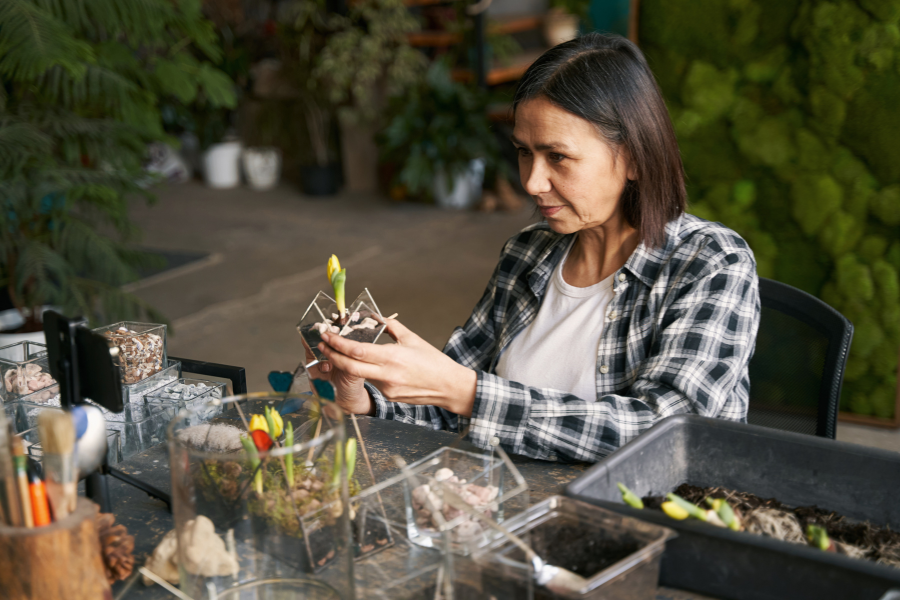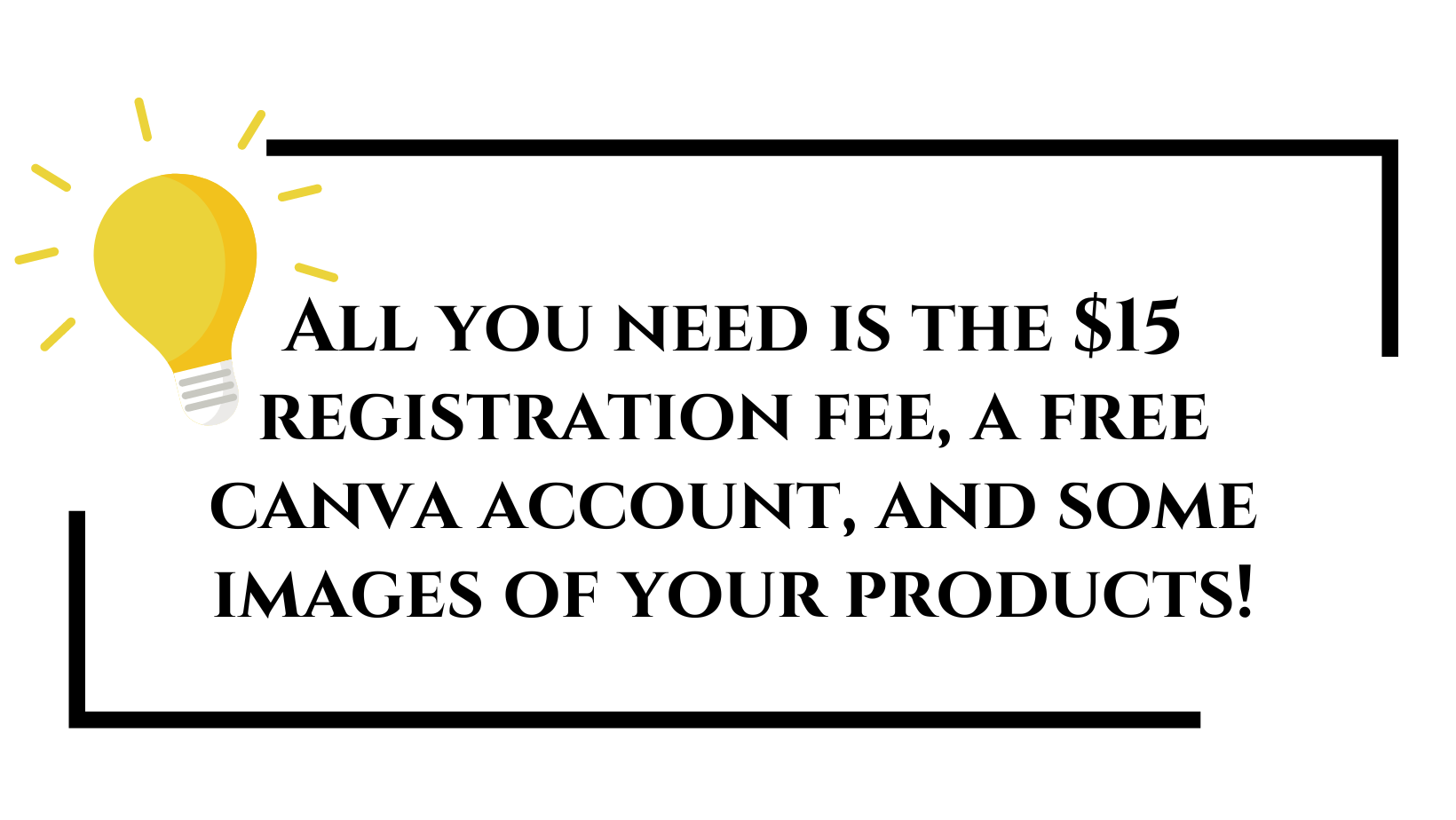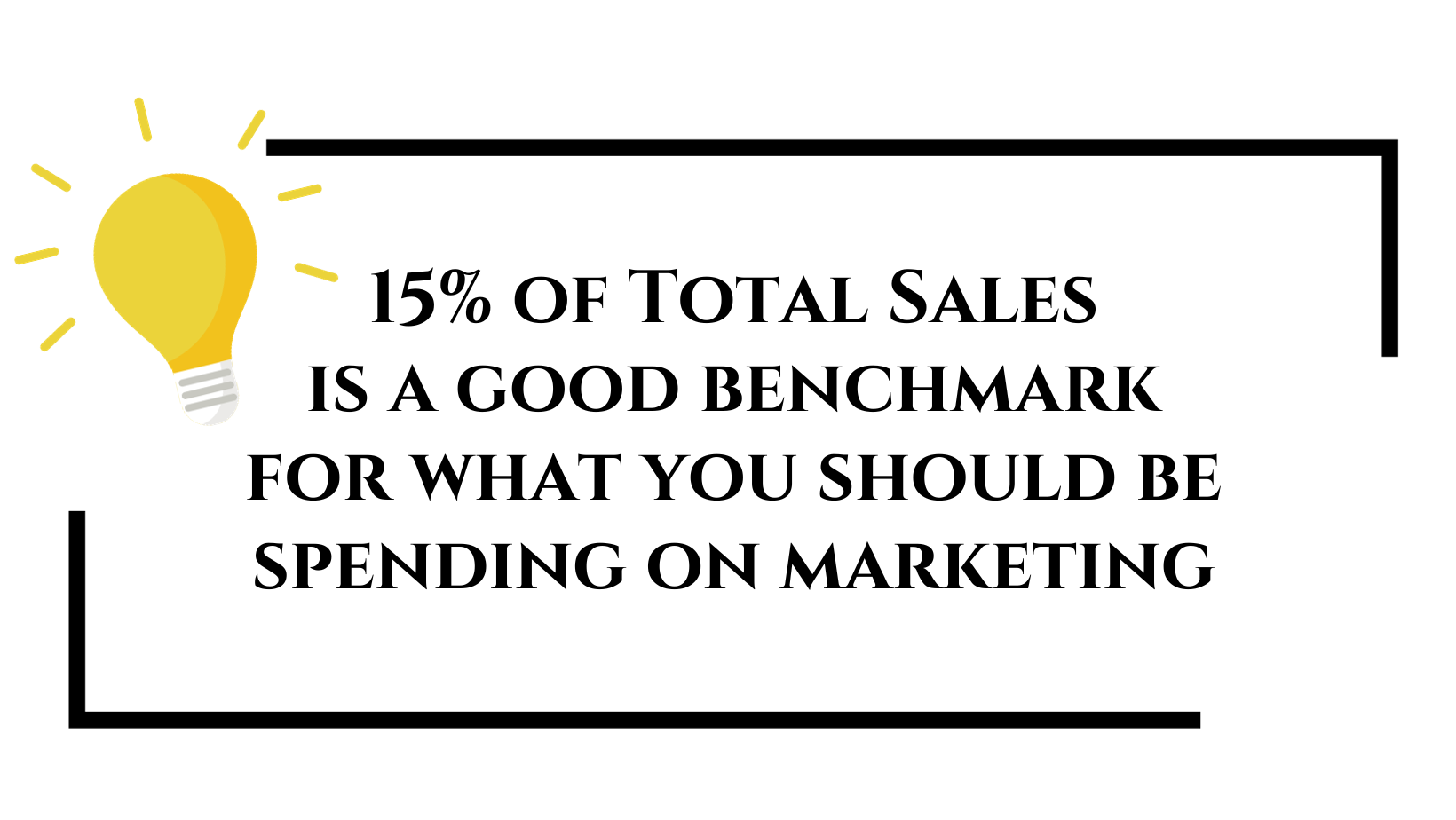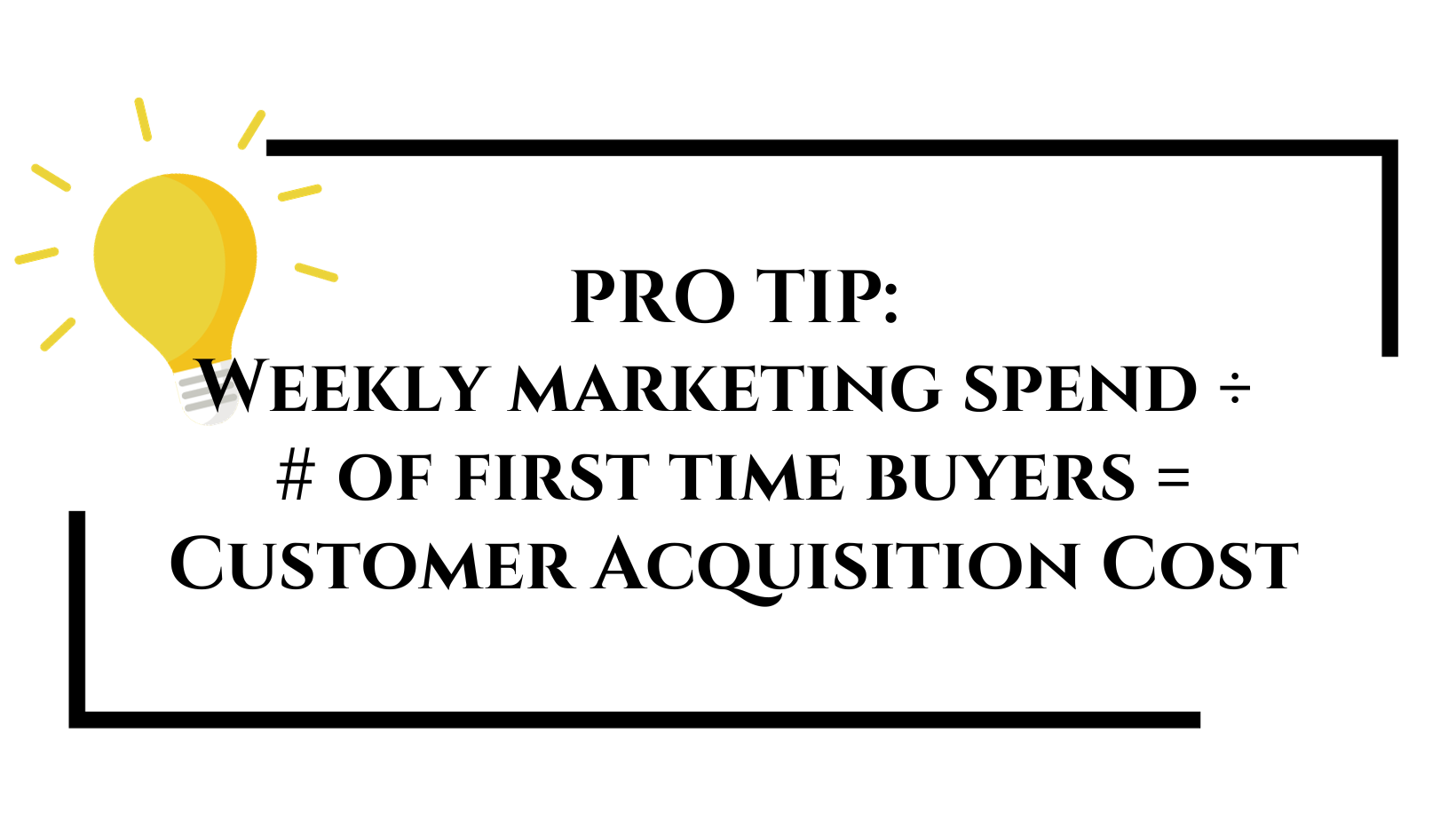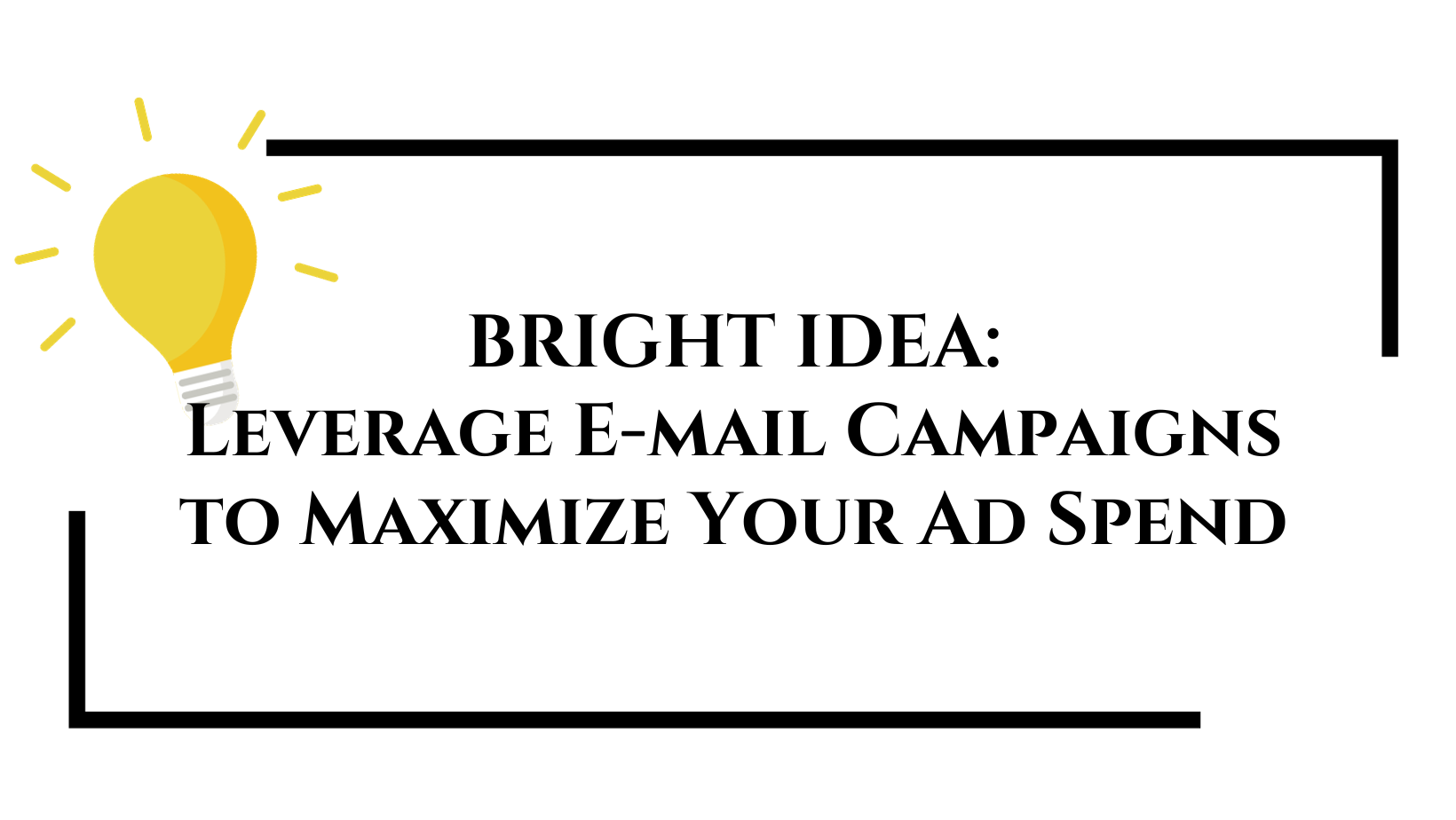No time to listen now? We'll send it to your inbox. No time to listen now? We'll send it to your inbox. or scroll down to get the highlightsHow to Set the Right Goals and Achieve Clarity in Your Business Recently,...
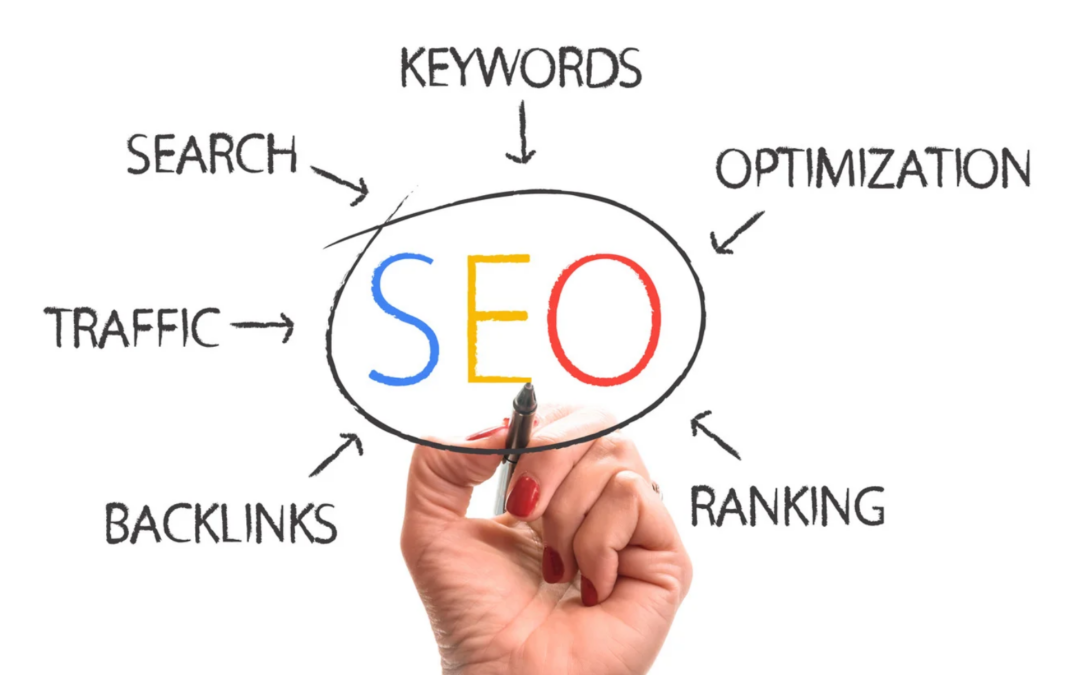
SEO for Ecommerce Store Owners Only, Episode 218
No time to listen now? We'll send it to your inbox.
No time to listen now? We'll send it to your inbox.
or scroll down to get the highlights

Ready to get more organic traffic?
Get on the waitlist for our new Course, SEO for Ecommerce. In the Course, you’ll learn how to build a powerful SEO Funnel that will consistently grow your organic traffic and sales.
This brand new course is exclusively for Ecommerce store owners, and comes with 3 months of Expert support. Enrollment is limited, so get on the list, and we’ll make sure you are notified when it’s available.
https://classroom.thesocialsalesgirls.com/seo-for-ecommerce-waitlist
Have you heard of an SEO Funnel?
Most of us understand the sales funnel where we’ve got our cold, warm, and hot audiences filtering down the funnel to the purchase goal.
You can apply that same method of thinking to SEO.
An SEO Funnel will bring consistent, high quality traffic to your site, and it doesn’t cost a dime.
Investing time into SEO can be beneficial for any ecommerce business, and you can use a content-based funnel strategy to grow traffic and sales without advertising.
What is a SEO Funnel?
It’s an SEO focused content strategy designed to warm up your audiences and bring them down a funnel, until they make a purchase. Your SEO Funnel has 3 audiences.
Top of funnel audience, middle of funnel audience, and bottom of funnel audience.
Specific SEO focused content is created to attract a top of funnel, middle of funnel, and bottom of funnel audience.
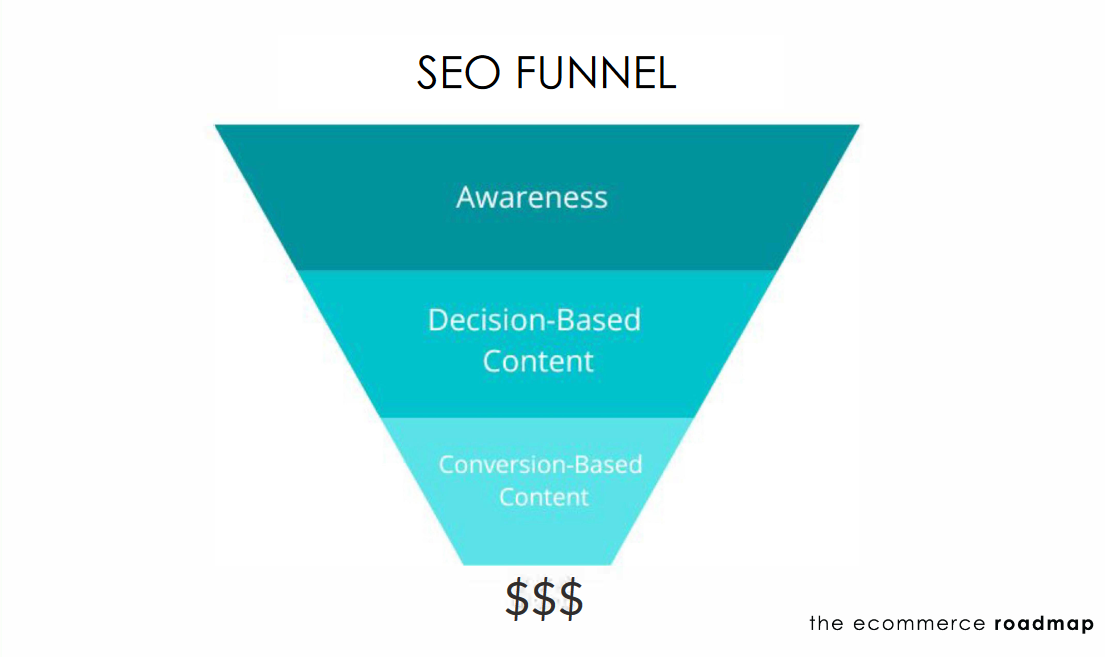
What kinds of Ecommerce stores should use an SEO Funnel?
Every product based Ecommerce business can benefit from this strategy.
Why is this Important to me now?
The SEO Funnel is a slow growing evergreen strategy. You can track and measure your results, so you can see that it’s working and your time is well spent.
You can implement it by creating content consistently over time. This isn’t a paid strategy. Your investment is in time, not money.
Traffic that comes to your store from an organic search will often have higher than average conversion rates.
How to get started:
Start by optimizing your Collection and Product pages.
We recommend you do some keyword research, to determine the best keyword phrases to use for each of those pages.
Find the best keyword phrases by using a tool like Ubersuggest.
It’s a cost-effective way to do keyword research quickly.
You can also use a free tool like the Google Ads keyword planner.
Look for phrases that actually get searched by real people, so you can be confident that the keywords you are using are actually getting some traffic.
Look for keyword phrases that have 1,000 – 10,000 searches a month for products.
Once you’ve done that, make a plan to optimize your homepage, your collections, and your product pages. At a minimum, include your chosen keyword phrase in your title description and image alt text at a minimum.
TOP OF FUNNEL: Audience is in the awareness stage. They may not even know that they need your product. They’re asking general questions and considering multiple options. Create broad content that answers questions like What is X? are perfect at this stage.
MIDDLE OF FUNNEL: Audience knows they need your product and are still deciding on which option is best. They may be looking at your products and competitor’s products. Content that is more product specific helps them decide which product will best fill their need. Product comparisons or reviews are two examples of content to create for this stage.
BOTTOM OF FUNNEL: This audience has already made the decision to purchase, and they are considering a purchase from you. Your job is to assure them that they are making the right decision by buying from you. Content like lots of reviews, “how to” guides, and in depth product descriptions with specifications can help them make the decision to purchase.
Key points to remember:
1) All store owners should work on an SEO strategy, even if they use paid ads. This content will help buyers feel confident in purchasing from you.
2) SEO is a long term strategy. While sometimes we see quick wins in ranking and traffic, the reality is that bigger wins take months (and sometimes) years to attain.
3) If you use Google ads, working on your SEO will directly and indirectly help those ads. Google P-Max normally uses SEO product titles & descriptions, and optimizing your listings will help you be found more often.
Your next steps:
1) Perform a content audit of your site using the SEO Funnel as a guide.
2) Find the gaps and make a plan to start, or improve, your own funnel.
Get the Simple SEO for Store Owners Guide HERE
Get my new course, Conversion School for Free!
Learn our step by step process to grow your sales, without spending a
fortune on risky ad strategies, or discounting your products
The strategy you’ll learn in Conversion School works for Ecommerce stores at all stages.
You'll use your store’s data, so if you’re starting out, you’ll learn how to get consistent sales.
Established Store Owners will learn how to achieve significant sales growth every month.
A Little Trick To Get The Results You Really Want, Episode 225
From 0 to multiple 6 figures. The story of a creative success, Episode 224
No time to listen now? We'll send it to your inbox. No time to listen now? We'll send it to your inbox. or scroll down to get the highlightsI get this question all the time: can artists and creatives really earn an...
How Erica supersized her profit and wiped out her stress, Episode 223
No time to listen now? We'll send it to your inbox. No time to listen now? We'll send it to your inbox. or scroll down to get the highlightsHow Erica Campbell Turned Her Faith-Based Gift Shop Into A Profitable Business...

